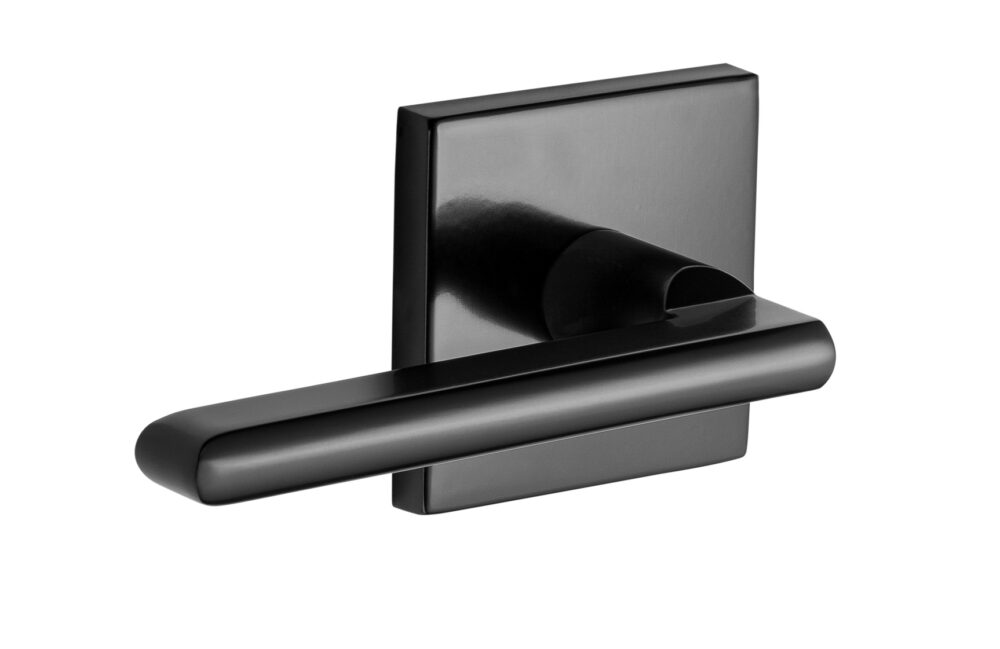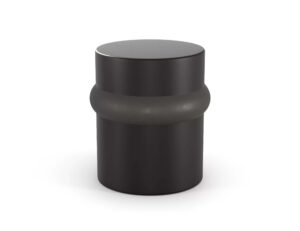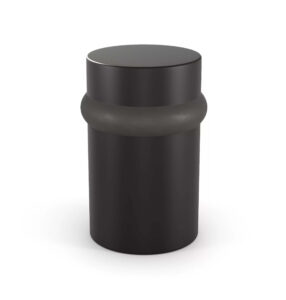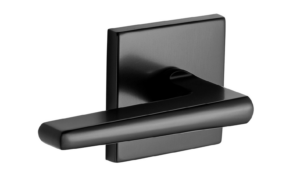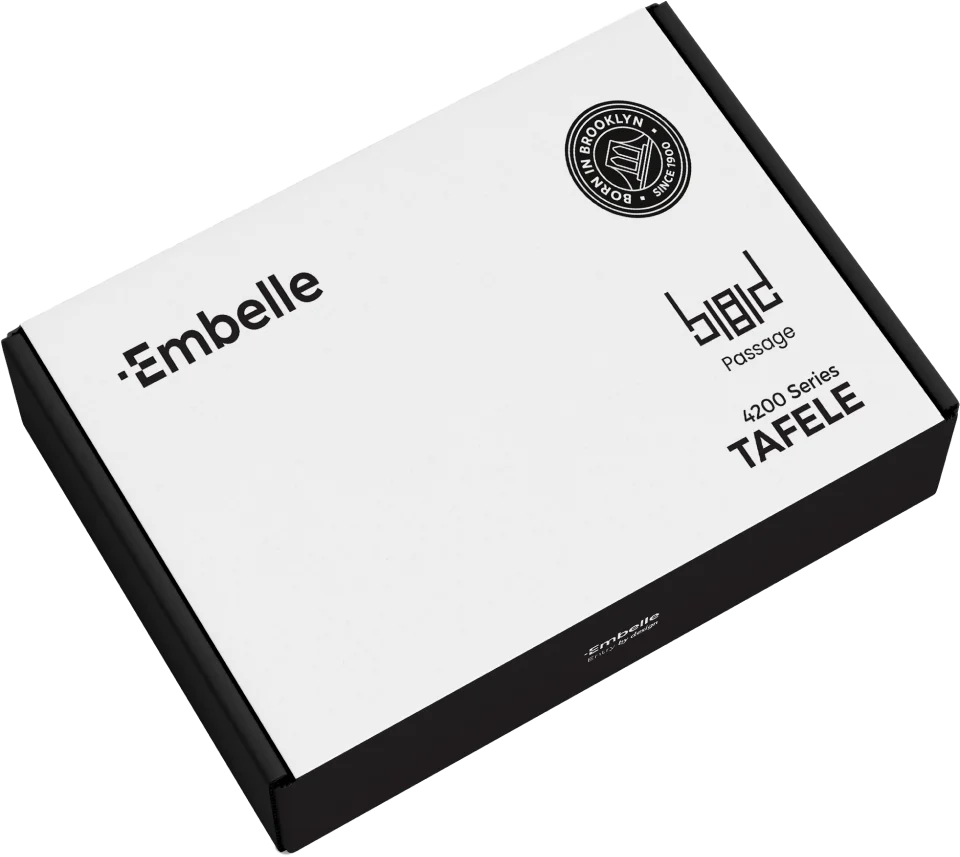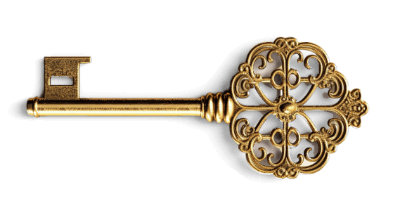
Welcome back
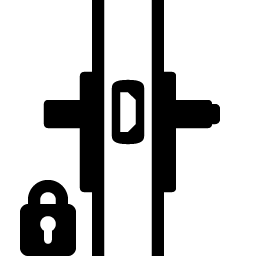
Outside:
lock and unlock with key
Inside:
lock and unlock with turn piece
Usage:
front door entrances i.e. homes, garages etc.
Area:
Interior & Commercial

Outside:
unlock with emergency pin only.
Inside:
lock with push button.
Usage:
bedrooms, bathrooms, dressing rooms, etc.
Area:
interior
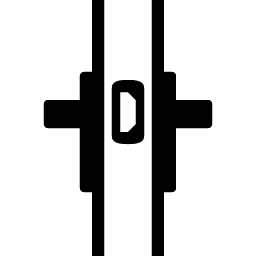
Outside/Inside:
gives you free access with no locking function. It has turning levers on both sides.
Usage:
closets with single doors, children bedrooms
Area:
interior

Outside/Inside:
no-function. Used to pull door open.
Usage:
aesthetics, double door closets, etc.
Area:
interior
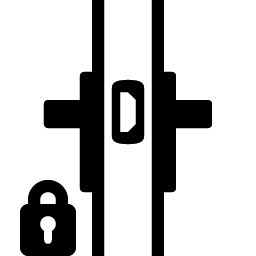
Outside:
always locked. Unlocked with key only., cannot be locked.
Inside:
cannot be locked.
Usage:
storage-rooms, janitorial supply rooms, utility-rooms including meter rooms for electrical, gas, water etc.
Area:
Interior & Commercial


Create new list
List Name
You have to provide name for your wishlist.
SAVE LIST


4200
Tafele
With its clean-lined rosette and well-contoured lever, Tafele is a beautiful expression of the Bauhaus design movement. Though simple in form, take a moment to appreciate the subtleties of the lever design: the gentle notch; the seamless transition between the linear and rounded elements; the final fluid curve. Tafele is designed for the truly sophisticated homeowner.
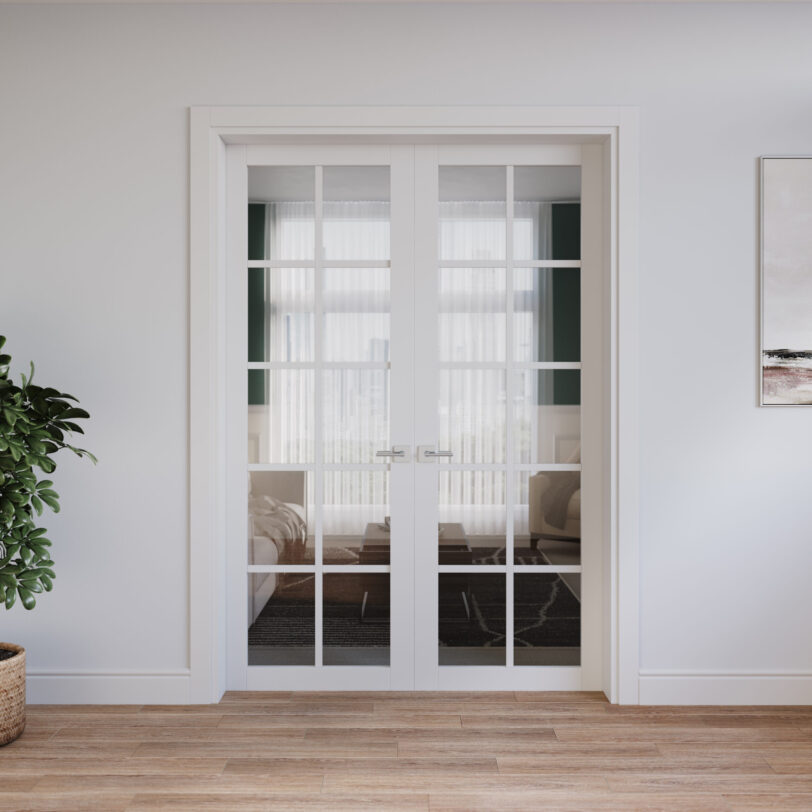
Specifications
LOCK MEASUREMENTS
-
Lever Length The distance of the longest side of the handle4.65"
-
Lever projection The distance from the door surface to the most outward point of the handle2.30"
-
Lever Clearance The distance from the door surface to the most inward point of the handle1.67"
-
Rosette height The distance from the top to the bottom of the rosette2.62"
-
Rosette width The distance from side to side of the rosette2.62
-
Rosette depth The distance from the back of the rosette to the front of the rosette0.37"
-
Face Plate The metal plate on the edge of the latch1-3/8" - 1-3/4"
DOOR MEASUREMENTS
-
Backset The distance from the edge of the door to the center of the cross bore hole. The cross bore is the main hole drilled into the face of the door where the body of the lock is installed.Adjustable 2-3/8" or 2-3/4"
-
Cross bore The size of the cross bore hole. The cross bore is the main hole drilled into the face of the door where the body of the lock is installed.2-1/8"
-
Edge bore The Edge bore* also known as the Latch Bore* is the hole drilled from the side of the door into the cross bore to accommodate for the latch or deadbolt.1" dia
-
Door thickness The thickness of the door that the lock is compatible with1-3/8" - 1-3/4"
USAGE & FEATURES
-
Finish The color of the lockFlat Black US19
-
Function Describes the function of the lockPrivacy. Inside: locked with push button . [when locked it can be unlocked from the outside with an emergency pin].
-
Usage Suggestions for where to use this lockBedrooms, bathrooms, dressing rooms
-
Concealed screws Whether the screws used to mount the lockset will be visible or concealed from view after installationYes
-
Handing Whether the handing is reversible for left hand and right hand use.Reversible
-
Area The setting this lock designed forInterior
-
Doors For what door material is this lock best suitedWooden
CERTIFICATION
-
ANSI The American National Standards Institute is a private non-profit organization that oversees the development of voluntary consensus standards for products* services* processes* systems* and personnel in the United Statesmeets or exceeds ANSI A156.2
-
ADA American Disability Act requires "Handles* pulls* latches* locks* and other operating devices on accessible doors have a shape that is easy to grasp with one hand and does not require tight grasping* tight pinching* or twisting of the wrist to operate".Yes
